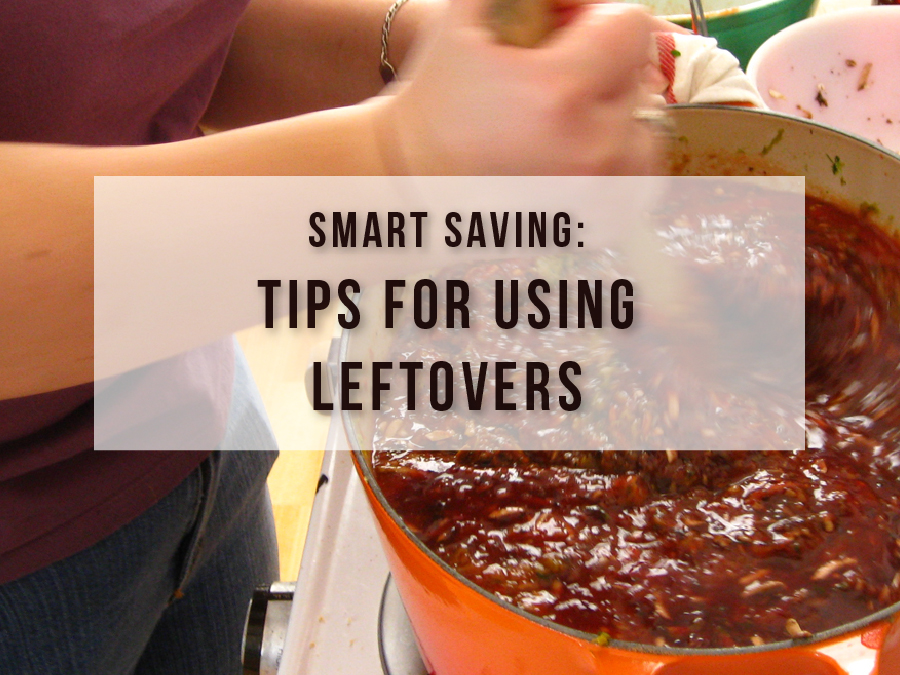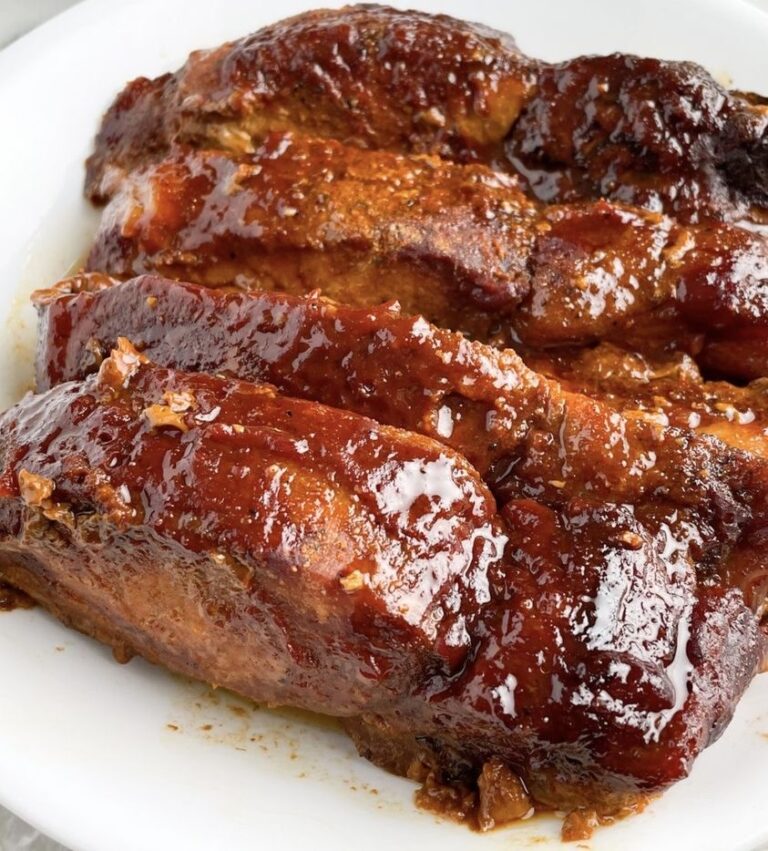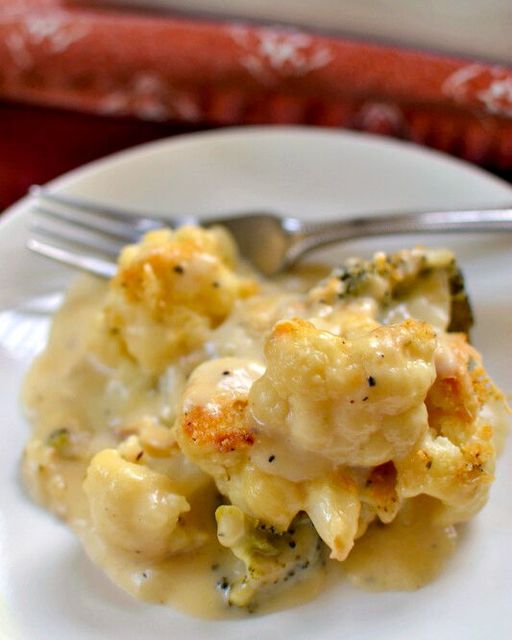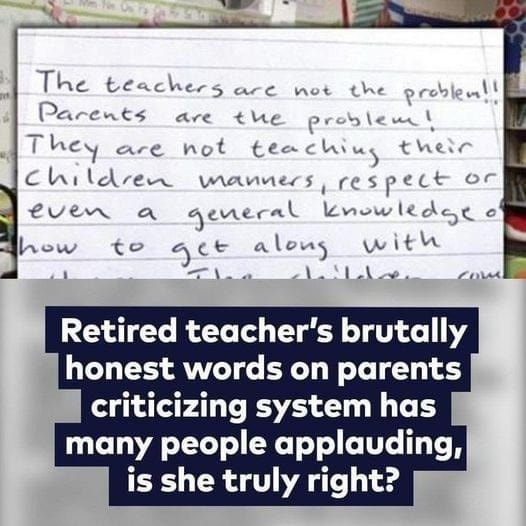DON’T THROW THAT AWAY! 10 CREATIVE WAYS TO USE LEFTOVERS
How many times have you peered into the refrigerator and discovered, way in the back, a container that’s been stashed there for weeks, overlooked and forgotten?
You’re not alone: A survey from Glad found that nearly half (44%) of Americans have found an item in their fridge in the past month that they didn’t realize was there.
For all kinds of reasons — environmental, social and financial — it makes sense for us to get smarter about fully using the food that we purchase. And that means getting smarter about leftovers. Here are 10 tips for using those extras:
1. Create leftovers purposefully.
When you’re planning meals, think about what the extras can become. It’s a real time- and budget-saver: If you prepare twice the vegetables you’ll need for tonight’s dinner, you’ll have the starting point for a soup or pasta dish later in the week. Anticipate using leftover roast chicken on sandwiches; cook twice as much rice as you need and freeze the extra for later use.
2. Store leftovers smartly.
Glass storage containers are not only reusable and sustainable; they allow you to see what’s inside. That way, you’re less likely to lose track of leftovers. For freezing, use zip-top gallon bags (which can be washed and re-used), and label and date the contents on a piece of tape.
3. Dedicate a leftovers night.
If you find your fridge or freezer stuffed to the gills with leftover food, commit to “eating down the fridge” one night a week.
4. Turn dinner into lunch.
Another money- and time-saver for busy people: Stash a lunch-able portion of dinner in a container and pack it for lunch the next day. With a bit of planning and no extra effort, you can create a week’s worth of healthful take-it-to-work lunches.
5. Think “ingredients,” not “leftovers.”
Turn extra pasta or cooked vegetables into a frittataBlend cooked vegetables with a can of whole tomatoes and create a veggie-packed sauce for pasta. Create burritos with leftover cooked rice, meat and vegetables, and top them with sour cream and salsa.
6. Make soup.
The steamed, roasted or grilled vegetables that you served as a side dish one night can become soup on another day. In a blender, puree the vegetables with 3 or 4 cups of vegetable or chicken broth, then warm the soup in a pot. Season to taste with salt and pepper, and finish the soup with a bit of pesto, olive oil or croutons.
7. Salvage stale bread.
If that loaf of good bakery bread loses its freshness after a day or two, do what the Italians do: Halve the loaf crosswise, drizzle it with good olive oil and rub it with the cut side of a halved ripe tomato. Season the bread with salt and pepper, wrap in foil and bake until warm.
8. Stash vegetable scraps.
As an alternative to composting.], keep vegetable scraps to make stock. Keep a gallon zip-top bag in the freezer and add trimmings: carrot and fennel tops, ends of onions or leeks, tomato cores, stems of herbs and greens, corn cobs, and the like. Any produce that’s past its prime in the fridge can go in, as well. When the bag is full, defrost the contents, dump into a pot and add water to cover. Simmer for 2 hours, strain — and you’ll have better-than-store-bought veggie stock (which can be frozen in that same gallon bag).
9. Create “kitchen sink” meals.
A great way to use extra cooked vegetables, bits of cheese, grilled or roasted steak, shrimp or chicken is to toss them with lettuce and your favorite dressing.
10. Portion and store.
Many food products come in extra-large sizes, which can be more economical. If you won’t use all that sliced bread right away, for example, separate the loaf into portions your family will use in a day. Place a sheet of waxed paper between the portions, wrap and freeze. Tortillas, pita bread and similar items can be saved the same way. Likewise, divide money-saving large packages of meat into portions and freeze.
Why Use Leftovers?
The National Resources Defense Counci, up to 40% of food grown, processed and transported in the U.S. will never be eaten. Roughly 70 billion pounds of food is lost in the United States each year — and nearly one-third of that food waste happens because we purchase, cook or serve more than we consume. At the same time, about one in six Americans faces hunger. Getting into the habit of using up our leftovers is one way to have an impact on this important issue.






